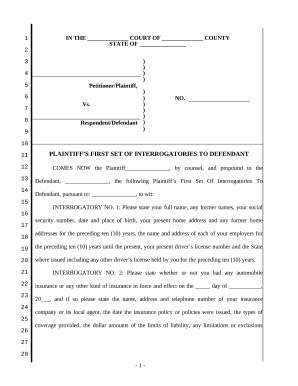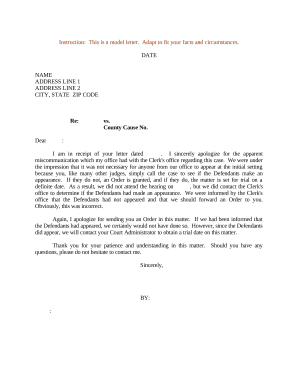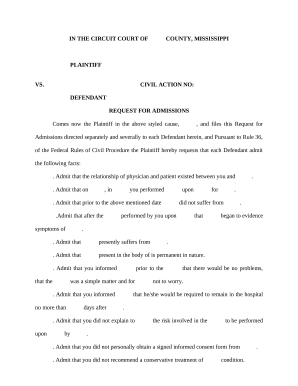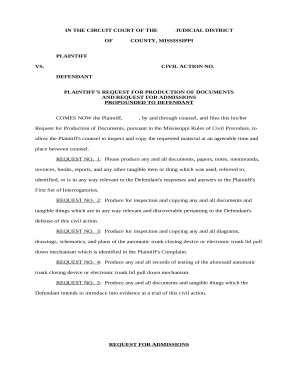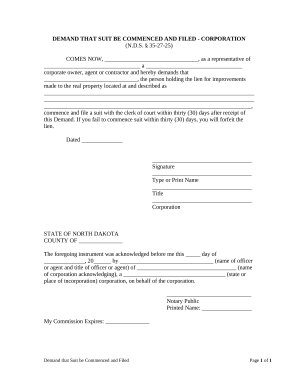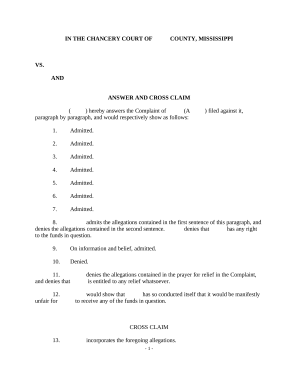Boost your output with Lawsuit Forms
Document managing takes up to half of your business hours. With DocHub, you can easily reclaim your time and boost your team's productivity. Access Lawsuit Forms collection and discover all form templates relevant to your everyday workflows.
The best way to use Lawsuit Forms:
- Open Lawsuit Forms and utilize Preview to find the suitable form.
- Click on Get Form to start working on it.
- Wait for your form to upload in our online editor and start modifying it.
- Add new fillable fields, symbols, and images, modify pages order, and many more.
- Fill your document or set it for other contributors.
- Download or share the form by link, email attachment, or invite.
Accelerate your everyday file managing using our Lawsuit Forms. Get your free DocHub profile right now to explore all templates.


